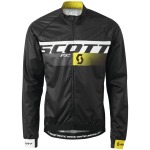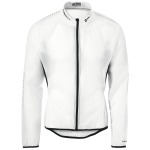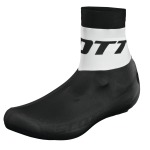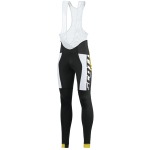
Suunto introduces its next generation multisport solution with a new family of GPS watches and a renewed Suunto Movescount.com
Press Release by Suunto
The long-awaited next generation of Suunto multisport watches is soon here. Today, Suunto introduces Suunto Spartan Ultra, a premium multisport GPS watch for athletes and adventurers. At the same time, Suunto is renewing its online sports service Suunto Movescount with a range of new features and improvements.
“People have been asking about what’s next after Ambit3 for quite some time now,” notes Sami Arhomaa, Performance business unit director at Suunto. “So it’s a great pleasure to announce our next generation Suunto Spartan solution for athletic and adventure multisport.” The solution comprises of the Suunto Spartan Ultra watches, a renewed Suunto Movescount service and mobile applications for both iPhone and Android.
“In a fast-paced world with an overwhelming flood of information, athletes need better tools to determine how to efficiently achieve their goals,” explains Arhomaa. “People who are driven by the passion to progress want to know if they are doing things right. More and more people are reaching out to communities of like-minded people for guidance and inspiration. With the Spartan solution, we are building on the insights we’ve gained through our constant dialogue with athletes and coaches around the world. The new Suunto Spartan multisport solution will offer customers new community powered tools to progress. We are convinced these tools will help them progress beyond their expectations.”
Suunto Spartan Ultra – the GPS watch for athletic and adventure multisport
Adventure proof
Suunto Spartan Ultra watches are hand-made in Finland and built to last in any conditions. Water resistant to 100 meters, the watches sport an extremely durable color touch screen with a wide viewing angle and great visibility in bright sunlight. The watch is built with a glass fiber reinforced polyamide casing, sapphire crystal glass and a grade5 titanium or stainless steel bezel. For your multisport adventures, Suunto Spartan Ultra offers guided route navigation, barometric altitude with FusedAlti™, a digital compass, as well as a competitive battery life.
Sports expertise and insights
The Suunto Spartan Ultra is a true multisport watch. With GPS, FusedSpeedTM, heart rate measurement and in-built accelerometer, it accurately tracks your training and provides versatile insights on your progress for a multitude of sports. It offers dozens of preset sport modes, e.g. for triathlon, swimming, cycling, running, adventure racing, and snow sports – including modes for specific types of training, racing and activities. If you are a runner, for example, you can choose a basic running mode that offers the essential information for running, or an interval running mode, a trail running mode, and more. The Suunto Spartan Ultra also provides you visual overviews on your training load, rest&recovery status and your progress to help you plan your training. With the watch you can also track your feeling after each workout.
In addition, Suunto Spartan Ultra monitors your overall activity 24/7 with daily and weekly steps, calories and active time. Pair the watch with Suunto Movescount App to get smart mobile notifications. The watch will also keep you up to date on your personal bests by sport.
Community powered progress
In connection with the launch of the Spartan solution, Suunto deploys big data methods for turning the community generated sports data into valuable training insights. Suunto has been analyzing tens of millions of endurance sport sessions to provide both existing and new consumers with answers to the questions like where should you train and how are you progressing. The first tool utilizing this data are sports-specific heatmaps, available from today in Suunto Movescount. Later, the toolset using the data will grow with tools for peer group comparison and insights.
The Suunto Spartan Ultra collection includes four models: Suunto Spartan Ultra All Black Titanium, Suunto Spartan Ultra Stealth Titanium, Suunto Spartan Ultra White and Suunto Spartan Ultra Black – each available with or without Suunto Smart Sensor for heart rate monitoring. The RRP price of the Suunto Spartan Ultra Titanium will be £585 and Suunto Spartan Ultra £545. Prices with a HR sensor are £40 higher.
Further details of the product will be released in July 2016. The watches become available in August, and the solution will continue to grow in functionality via SW, service and application updates during the remaining year.
Read more about the Suunto Spartan Ultra at www.suunto.com/spartan









![Suunto_logo [ConveWHITE_rted]](https://iancorless.org/wp-content/uploads/2014/10/suunto_logo.jpg?w=300&h=181)










![Suunto_logo [ConveWHITE_rted]](https://iancorless.org/wp-content/uploads/2014/10/suunto_logo.jpg?w=150&h=90)
